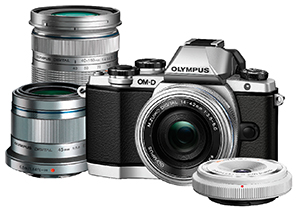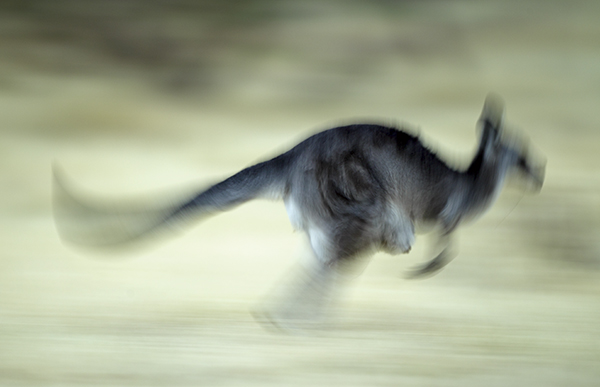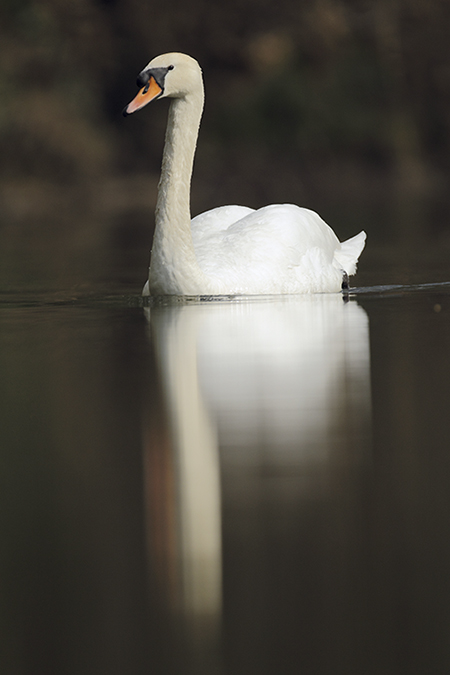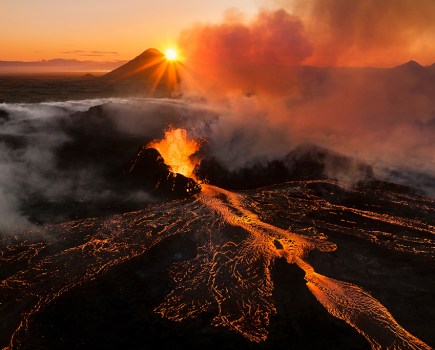APOY 2014 Round 2 – Animal Planet
Please visit the APOY 2014 home page to find all the rules for entry, terms and conditions, the APOY ENTRY EMAIL ADDRESS, Entry Form (for postal entries), and the disclaimers that must be copied and pasted into an email entry.
Entries must be received by 5pm (UK time) on 25 April 2014
in the first round you took to the streets. Now, for round 2, it’s time
to embrace nature with Animal Planet – pictures of animals going about
their lives, be it a portrait or the ultimate wildlife action shot.
With
camera equipment getting more affordable and compact cameras boasting
impressive zooms, wildlife photography is becoming more accessible.
 Photo by Luke Massey
Photo by Luke Massey
You
don’t have to travel a million miles for this category, as your pets
can make the perfect subjects. They’re always around, they trust you and
you can take as many photos of them as you like before you get that
magic shot.
It’s not just about pets, though, as there’s a fantastic
array of wildlife on our doorstep that is just as interesting as a lot
of the exotic species around the world. Spring is a fantastic time to
get out and about looking for wildlife, with brown hares boxing in the
British countryside, frogs spawning in your garden pond and birds
beginning to pair up, to name just a few of nature’s spectacles going on
now.
Try to capture the personality of your subject. Show us
something we haven’t seen before, or something we have seen but in an
entirely different way. Don’t be afraid to be creative – be inspired!How to enter
Please visit the APOY 2014 home page for information explaining how to enter. Please use your full name as the file name and paste
the disclaimer into the body of your email if you are sending your entry to us
electronically. We also need to know where and how you took your image, plus
the camera and lens used with aperture and focal-length details. Remember to
include a telephone number and your postal address so we can contact you if you
win.
 First Prize
First Prize
The first-prize winner will receive an Olympus OM-D E-M10 with a 14-42mm EZ Pancake zoom, a 45mm f/1.8 portrait lens, a 40-150mm zoom, a 9mm fisheye lens, a macro adapter and a street case in which to carry it all. That’s a total retail price of £1,200. The E-M10 has a 16.1-million-pixel, four thirds-sized CMOS sensor and a TruePic VII image processing system.
The 1.44-million-dot EVF displays a 100% field of view and has a 120fps refresh rate. The 14-42mm EZ Pancake zoom lens is the most compact pancake lens and has a maximum shooting magnification equivalent of 0.45x in the 35mm format. The 45mm f/1.8 portrait optic is ideal for low-light portrait work without flash. The 40-150mm zoom has high-speed AF and MSC technology, and the 9mm fisheye lens is ideal for capturing wide angle scenes.
 Second Prize
Second Prize
The second-prize winner will receive an Olympus PEN E-PL5 camera plus a 14-42mm and 40-150mm twin-lens zoom kit worth £500.
The E-PL5 offers serious image quality with its powerful 16.1-million-pixel sensor and a new OM-D component in the TruePic VI image processor. The camera has lightning-fast autofocus, a touch-sensitive LCD screen and full HD video.

Third Prize
The third-prize winner will receive an Olympus Stylus SP-100EE Ultra Zoom camera, with an impressive 16-million-pixel sensor and 3in LCD screen. The camera includes a handy autofocus lock so you need never lose a shot due to fuzzy focusing.
The camera also features a 50x optical Ultra Zoom lens with a focal length ranging from 24mm to 1,200mm, and built-in Dot Sight to make it easier to focus precisely on distant subjects.
Somes suggestions from Luke Massey to help you get started shooting captivating pets and wildlife images
Why not try…
 Photo by Luke Massey
Photo by Luke Massey
Be Creative
Everyone loves a perfectly sharp and clean image, but don’t be afraid to experiment. Animals move, so why not try to show this? You can knock down your shutter speed and pan as a flying bird or your dog running to fetch a stick moves across the frame. Sometimes you don’t even need to pan. Keep your shutter speed low and let the subject move through your frame. For example, a flock of gulls at your local park moving around at 1/20sec can create all kinds of brilliant shapes.
Using a slow shutter speed also gives you a lot more opportunities. You can shoot in low light, so when it’s miserable and grey you can still get out and shoot. If it all goes to plan, you should get some fantastic and different results.
Character
Animals have character, so show it. Every so often their personality reveals itself, such as when your dog gives you a certain look as it eyes up your steak for its dinner. Capturing these moments makes a big difference and helps the viewer connect with the image.
Capturing a commonly seen image in a different way is often the best way to get your picture noticed. How many shots have you seen of a dog catching a ball? Hundreds, but how many shots have you seen from the ball’s perspective?
 Photo by Luke Massey
Photo by Luke Massey
Don’t discriminate
Common, so-called boring animals are often overlooked in favour of the rarer, more exciting creatures, like kingfishers and big mammals. These rarer animals are fantastic, but they’re often a lot harder to photograph. You can spend many hours waiting or stalking them in return for little or no reward.
Common animals like ducks at your local pond are always there and they’re often used to humans. All the hours you may have invested trying to capture that one shot of a rarer specimen could have been spent focusing on something more common. Spend a little time with swans, for example, and you’ll soon see how interesting they can be, such as that moment when they fight over the crust of bread floating across a pond. It’s an action shot that will prove way more exciting than a kingfisher perched on a branch. Just because something is common, it doesn’t make it any less attractive to photograph.
 Photo by Luke Massey
Photo by Luke Massey
Play with the light
Light, be it natural or artificial, is an important factor in all forms of photography. Light is there to be played with, whether there’s a lot of it or hardly any at all. Make the most of it. Light has the ability to transform an image and a subject. A crow can go from a dull black to being covered in a shimmering petroleum sheen when it catches the light.
As a wildlife photographer, the best times for me are dawn and dusk. As the sun rises and sets, in the right conditions you should be rewarded with a some beautiful light. The added bonus is that this is when many animals are most active.
Don’t be afraid to shoot into the sun – just don’t make the mistake of looking at the sun down the barrel of a lens! Shooting into the sun can give you some amazing rim-lighting around your subject.
Of course, always keep an eye on the weather. Just before a storm hits, you can be treated to some amazing light. Subjects lit up with golden light against moody skies give a fantastic shot.
 Photo by Luke Massey
Photo by Luke Massey
Get Low
Don’t be afraid to get down and dirty. Embrace the mud! Getting low must be one of the simplest and easiest ways of improving your wildlife photography.
Just by dropping a metre, you have a completely new view of your subject – plus, your images will be more intimate.
Getting low means you can often get closer to your subject. Your shots will also be more natural. Try walking straight at an animal and it will often run away or become more alert. By getting down to the animal’s eye-level, you become less of a threat and, in a way, enter their world. Your subject will relax and you can move steadily closer. When your subject is relaxed, it’s also more likely to exhibit natural behaviour.
Please visit the APOY 2014 home page to find all the rules for entry, terms and conditions, the APOY ENTRY EMAIL ADDRESS, Entry Form (for postal entries), and the disclaimers that must be copied and pasted into an email entry.
Entries must be received by 5pm (UK time) on 25 April 2014









